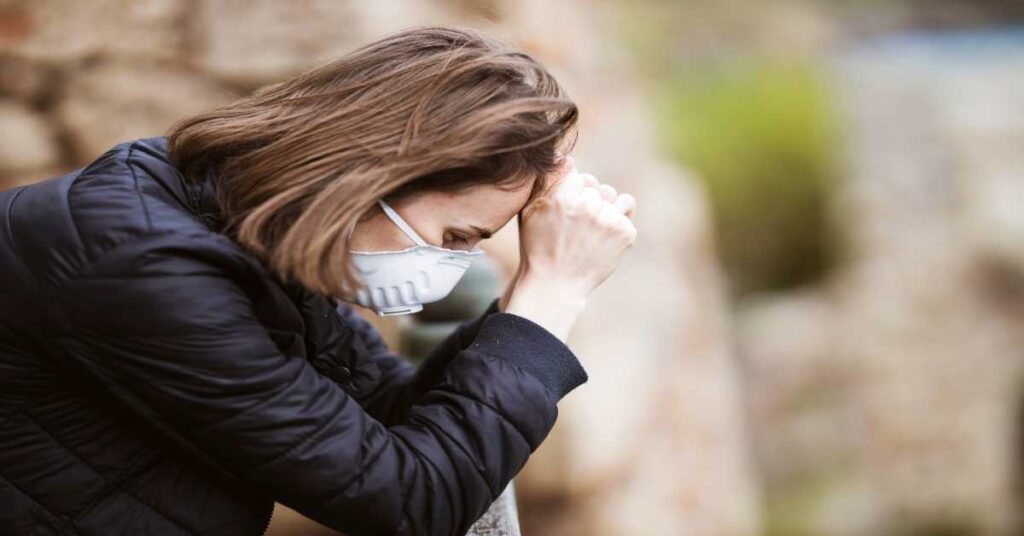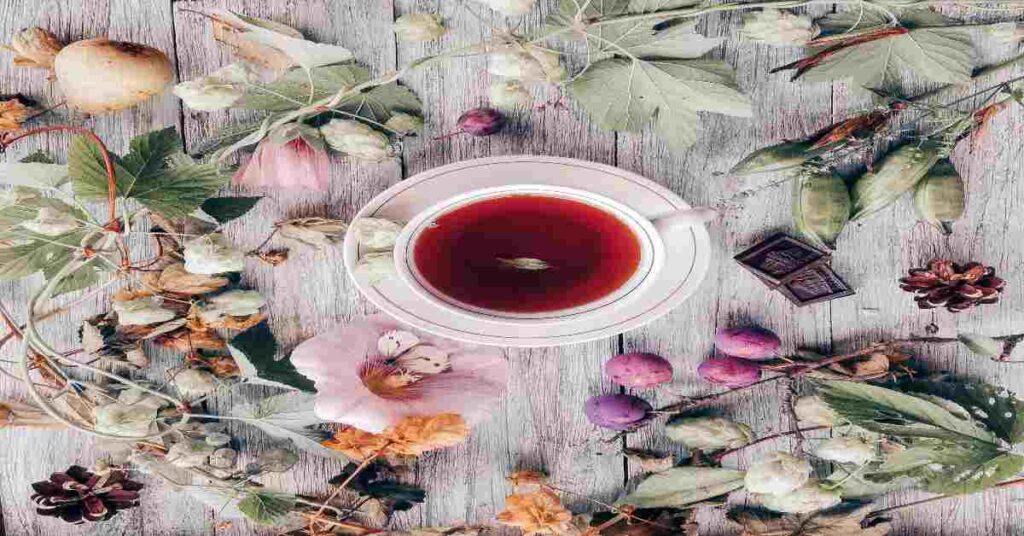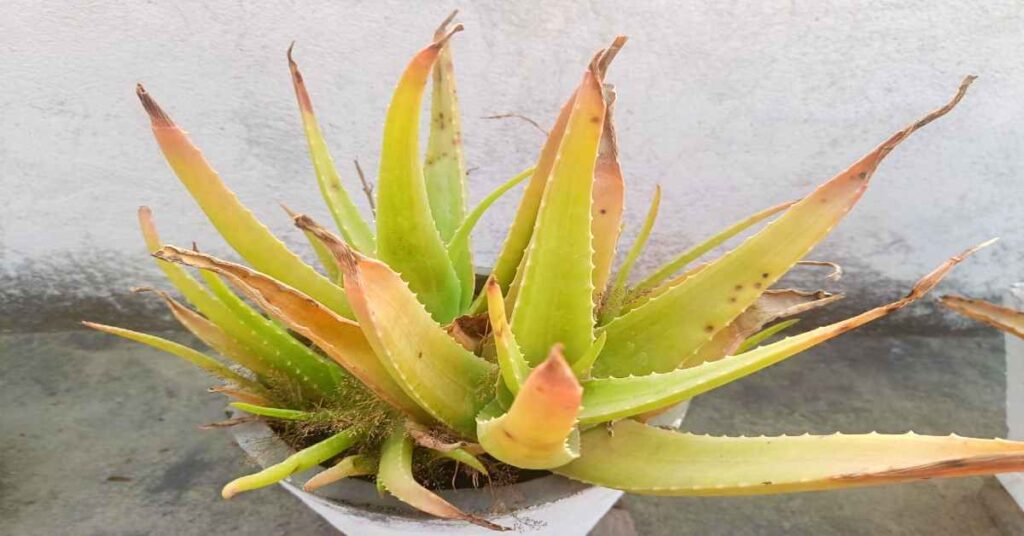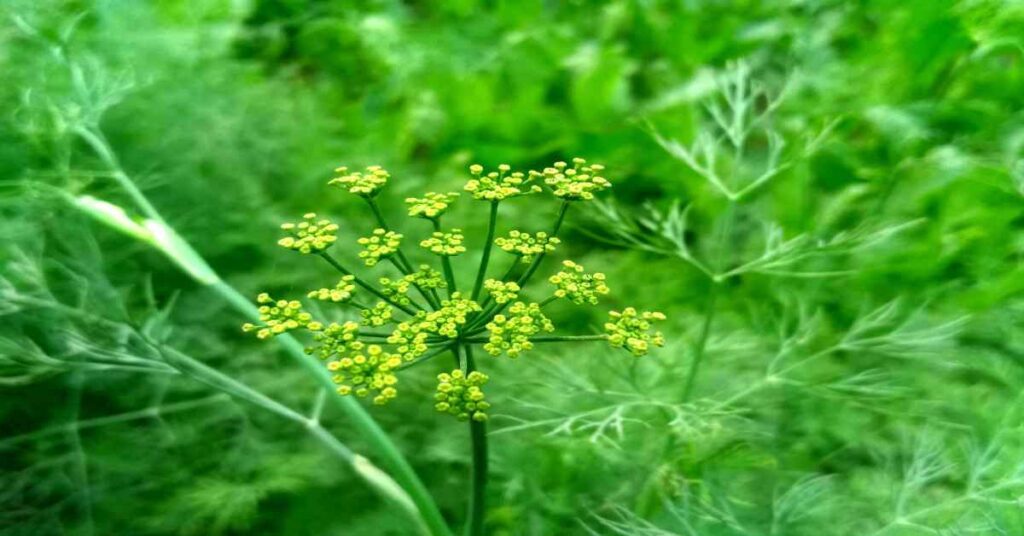What is Vervain?
The use of vervain as a medicine has a long and illustrious history. It has been historically used for thousands of years by numerous civilizations to cure a wide range of illnesses. Vervain is still valued today for its therapeutic benefits and is frequently included in herbal teas and dietary supplements. A flowering plant in the Verbena (Verbenacea) family known as Vervain. The scientific of Vervain is Verbena Officinalis. Common verbena, wild verbena, simpler’s delight, holy herb, mosquito plant, wild hyssop, blue vervain, Juno’s tears, pigeon’s grass, pigeon weed, herb of the cross, and Indian hyssop are other names for vervain.
In addition to vervain and lemon verbena, the Verbena family includes numerous other species. Vervain is not the only medicinal plant that utilizes itself in this manner. Verbena urticifolia also comes in two other varieties that are beneficial in many diseases: blue vervain (Verbena hastata) and white vervain. Vervain has been traditionally utilized as a medication, in ceremonies, and for good luck for thousands of years. Ancient societies all around Europe valued Vervain much.
Due to its dual roles as a cultural icon and a medicinal plant, Vervain goes under many various names. Its names—”the herb of love” and “the herb of the cross,” for example—show just how cherished it is. In many ancient societies, including Egypt, Vervain became a sacred plant. Egyptians believed that Vervain originated from the goddess Isis’s tears after the death of the god Osiris. The ancient Persians likewise revered the Vervain plant.
Origin
Europe, America, North and Central Africa, Asia, and Australia are just a few of the regions where V. officinalis is frequently present in its natural habitat. Most of this species’ growth regions have temperate climates. It is typical of Europe’s Mediterranean region. This shrub favors sunny, dry soils with good moisture retention. It is a ruderal species that thrives in fields, on stone debris, by the sides of roads, and in wastelands, frequently next to water reservoirs.
Description
A perennial herbaceous plant, V. officinalis can reach heights of 75 cm to 1 m. Woody stems with a quadrangular cross-section that are upright and branches at the top are hairy with more coarse hairs. The lowest leaves are petiolate and pinnate, the middle ones are tripartite, and the upper leaves are sessile, serrated, and placed oppositely. This plant blooms in the summer with tiny, light lilac flowers, some of which exist in the axils of the leaves and clustered in loose, spiky top inflorescences. The fruit is a schizocarp that is long and ribbed.
Chemical Composition which shows Vervain Benefits
The herb V. officinalis is extremely chemically complex. Iridoid glycosides, such as verbenalin, aucubin, hastatoside, phenylpropanoid glycosides, and the caffeic acid derivatives verbascoside and iso verbascoside, as well as eukovoside, are the principal classes of secondary metabolites that determine the biological activity profiles of the raw material. Additionally, several flavonoids, such as kaempferol, luteolin, and apigenin, as well as particular flavonoids like scutellarein and pedalitin, also present in verbena plant extracts.
The presence of phenolic acids, including derivatives of the ferulic, protocatechuic, rosmarinic, and dicaffeoylquinic acids, is also remarkable. The herb V. officinalis also includes significant levels of bioelements, primarily potassium, phosphorus, calcium, magnesium, zinc, iron, manganese, and copper, as well as carbohydrates such as galacturonic acid, arabinose, galactose, rhamnose, xylose, and glucose. The plant V. officinalis is additionally distinguish by the presence of an essential oil that has a composition made up of roughly 40 different chemicals, primarily monoterpenoids (citral, limonene, cineole, and carvone).
Health Benefits of Vervain
Some research and articles summarise conventional medical applications and expert pharmacological in vitro and in vivo studies that demonstrate new significant applications, such as the antioxidant, antimicrobial, anti-inflammatory, neuroprotective, anticancer, analgesic, or anticonvulsant activity of verbena herb extracts and individual metabolites.
Part 1- Vervain benefits
- Antioxidants property: Vervain benefits include antioxidant activity and it is crucial for the prevention of heart disease and cancer. Verbascoside and modest levels of 1,5- and 4,5-dicaffeoylquinic acid, luteolin 7-glucoside, and iso verbascoside had the highest antioxidant activity.
- Antibacterial property: Research on the antibacterial effects of ethanolic extracts from the stems, leaves, and roots of V. officinalis was previously conducted using 13 bacterial strains that lead to life-threatening diseases.
- Antifungal property: Researchers that study antifungal activity have published the findings of their tests on the antifungal abilities of extracts from V. officinalis leaves. This activity is due to the presence of luteolin 7-diglucuronide, luteolin 7-glucoside, chlorogenic acid,apigenin 7-diglucuronide and verbascoside.
- Anti-inflammatory property: Vervain treats inflammation both internally and topically. Vervain extracts may be able to reduce inflammation in animal subjects, according to one Italian study. Vervain could combat gut inflammation and the gastrointestinal harm it causes, according to the same study.
Part 2- Vervain benefits
- Improve digestive health: Vervain benefits include digestive health. Vervain can increase your appetite and aid in digestive health. The herb can also get rid of intestinal worms in the body because of its antiparasitic effects.
- Treat menstrual symptoms: vervain’s analgesic effects come into play; these soothe period cramps and the resulting muscle cramps. By promoting relaxation, valerian can help lessen uncomfortable menstruation symptoms.
- Improve oral health: Vervain has been widely used for many generations to promote healthy gums. It was traditionally believed to be able to strengthen their teeth and gums by chewing the plant’s roots.
- Cardiovascular effects: The herb V. officinalis is rich in calcium, magnesium, potassium, and phosphorus. The salt content is also quite low, especially when compared to the potassium content.
- Antiproliferative and anticancer effect: Research shows the cytotoxic effects of V. officinalis. Essential oil and citral (the oil’s primary component), examining the apoptotic effect in chronic lymphocytic leukemia. Studies in the scientific community have verified that the herb V. officinalis has a cytotoxic impact on liver cancer cells.
- Galactagogue property: Blue vervain is frequently assist nursing moms by increasing the amount of breast milk they produce. Any food, plant, beverage, or medication that increases breast milk production is a galactagogue. Women who are having problems producing enough milk have utilized herbal galactagogues.



